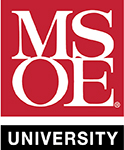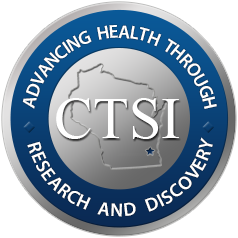Characterization of three paralogous members of the Mammalian vaccinia related kinase family. J Biol Chem 2004 Feb 27;279(9):7934-46
Date
12/03/2003Pubmed ID
14645249DOI
10.1074/jbc.M310813200Scopus ID
2-s2.0-1542379726 (requires institutional sign-in at Scopus site) 105 CitationsAbstract
Members of the novel vaccinia related kinase (VRK) protein family are characterized by notable sequence homology to the vaccinia virus-encoded B1 kinase (vvB1). vvB1 plays an essential role in viral DNA replication, and Boyle and Traktman have demonstrated that VRK1 enzymes complement the replication defect of a temperature-sensitive viral mutant defective in vvB1 (Boyle, K., and Traktman, P. (2004) J. Virol. 78, 1992-2005). This mammalian kinase family comprises three members, VRK1, VRK2, and VRK3. We have annotated the gene structure for the members of this family and have characterized the enzyme activity and subcellular localization for the human and mouse proteins. VRK1 enzymes show robust autophosphorylation activity and will phosphorylate casein; VRK2 enzymes show modest autophosphorylation activity and will also phosphorylate casein. The VRK3 proteins have key amino acid substitutions that disrupt invariant motifs required for catalytic activity, rendering them enzymatically inert. The VRK1 and VRK2 proteins contain COOH-terminal extracatalytic sequences that mediate intracellular localization. VRK1 proteins possess a basic nuclear localization signal and are indeed nuclear; the extreme C termini of the VRK2 proteins are highly hydrophobic, and the proteins are membrane-associated and colocalize with markers of the endoplasmic reticulum. The NH(2)-terminal region of the VRK3s contains a bipartite nuclear localization signal, which directs these proteins to the nucleus. Our findings provide the basis for further studies of the structure and function of this newly discovered family of protein kinases.
Author List
Nichols RJ, Traktman PMESH terms used to index this publication - Major topics in bold
Amino Acid SequenceAnimals
Binding Sites
Caseins
Catalysis
Cell Line
Cell Nucleus
Gene Expression
Green Fluorescent Proteins
Humans
Intracellular Signaling Peptides and Proteins
Luminescent Proteins
Mice
Molecular Sequence Data
Phosphorylation
Phylogeny
Proteins
RNA, Messenger
Recombinant Fusion Proteins
Reverse Transcriptase Polymerase Chain Reaction
Sequence Alignment
Transfection









